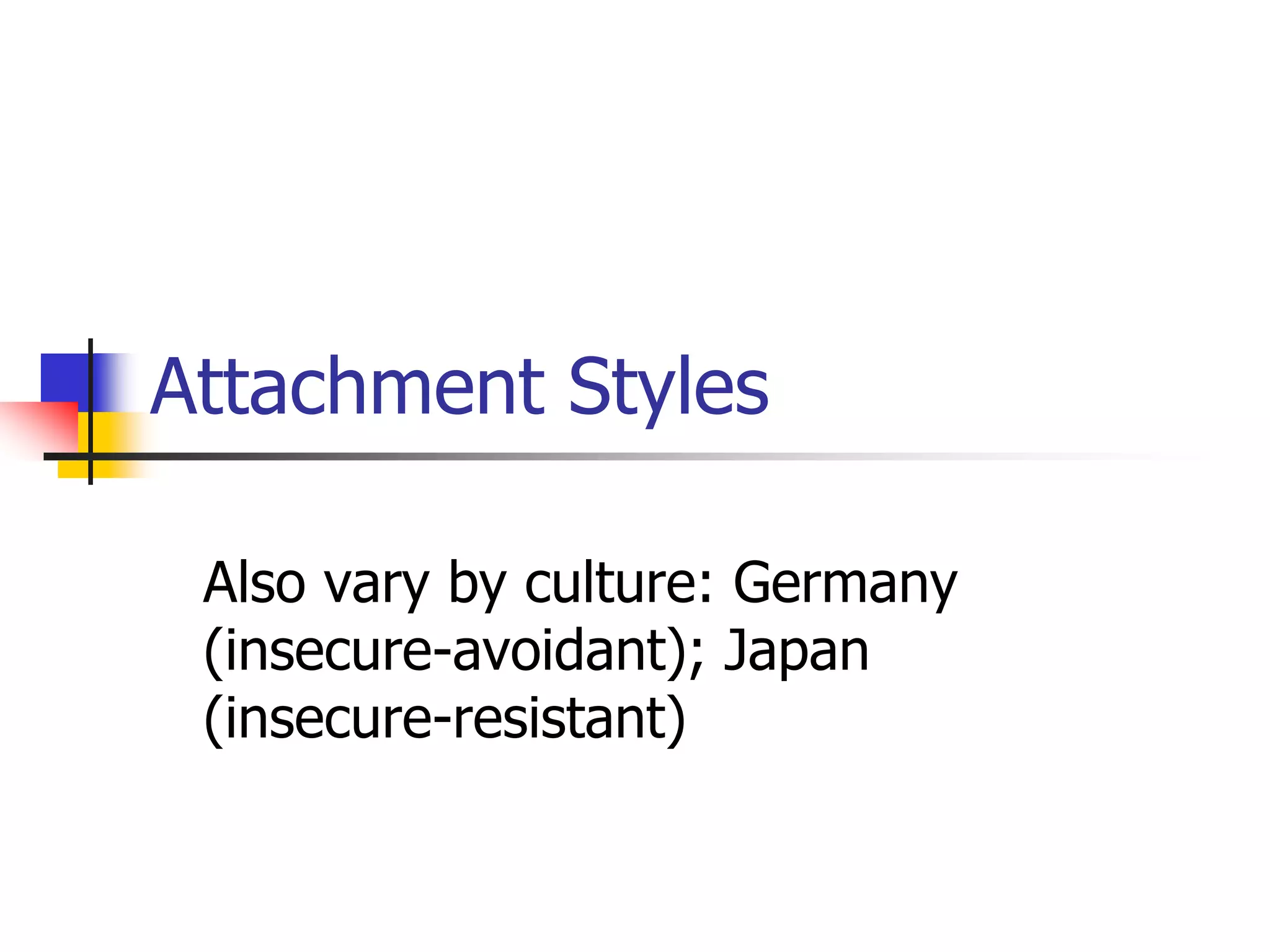The document provides a comprehensive overview of physical, cognitive, language, and psychosocial development during infancy and toddlerhood. It details key milestones in growth, motor skills, sensory development, language acquisition, emotional development, and attachment styles, along with the influence of temperament on behavior. Additionally, it touches on Erikson's stages of trust versus mistrust and autonomy versus shame and doubt.










































